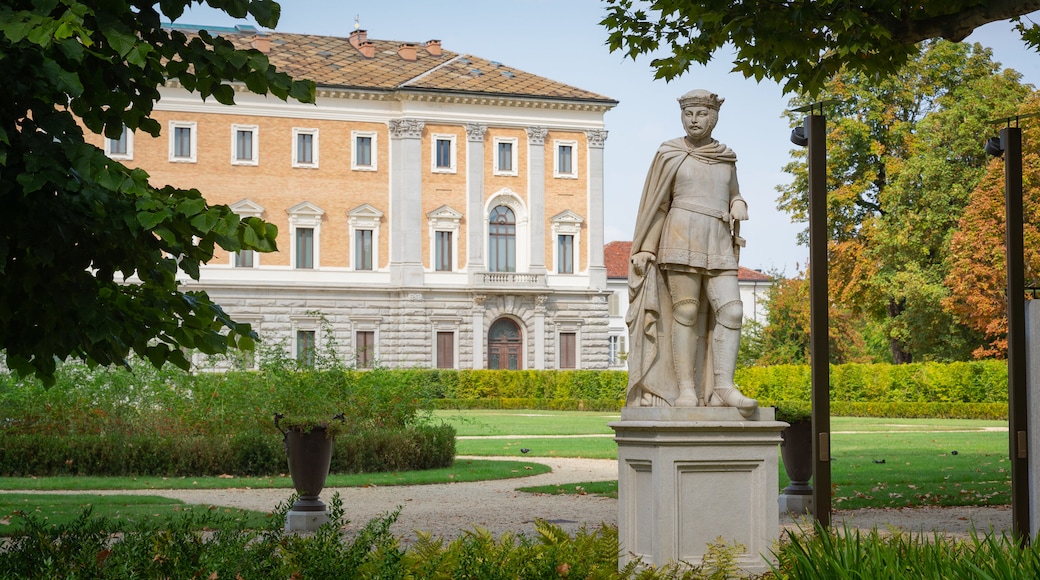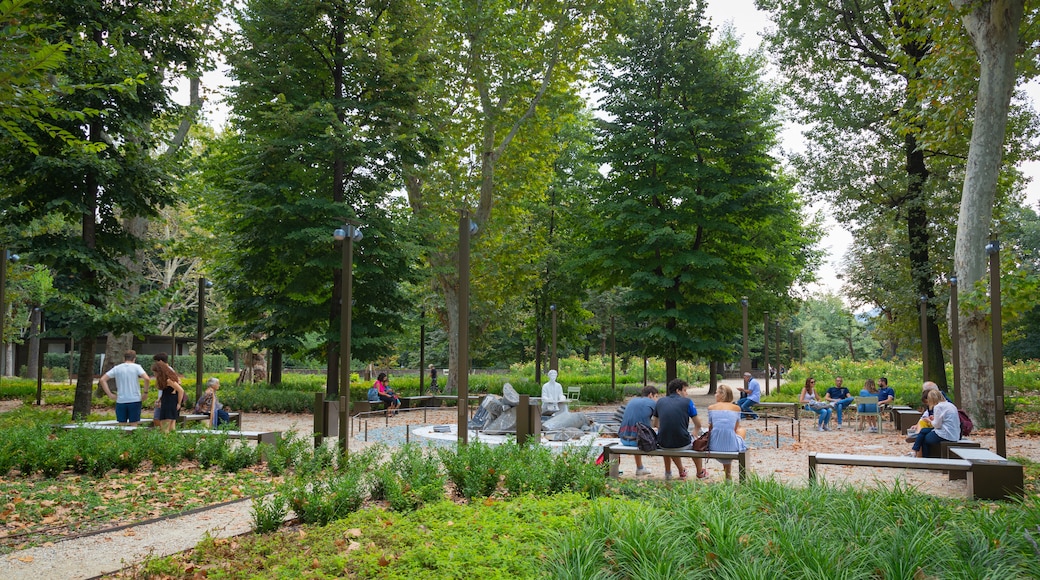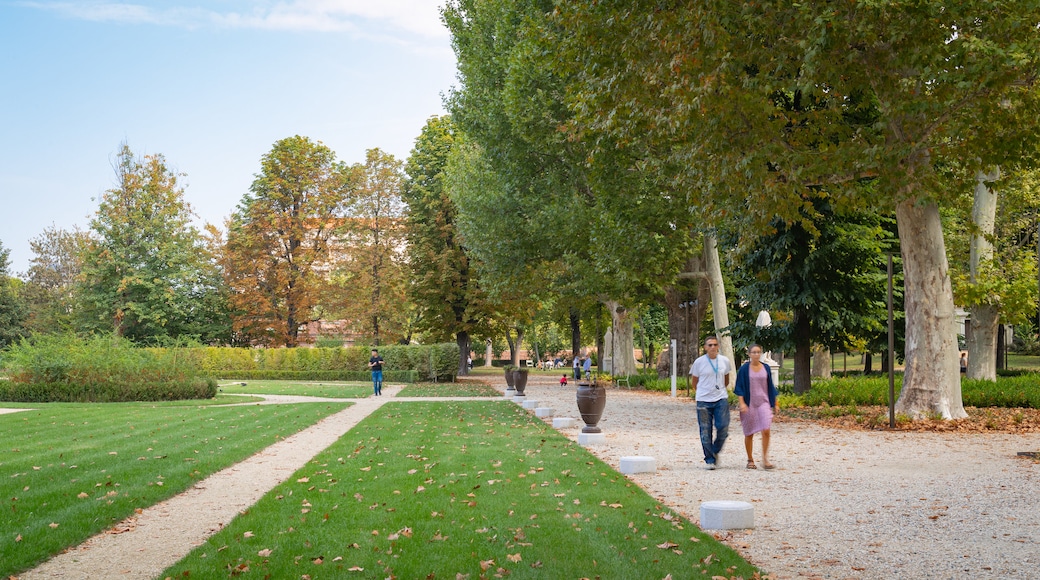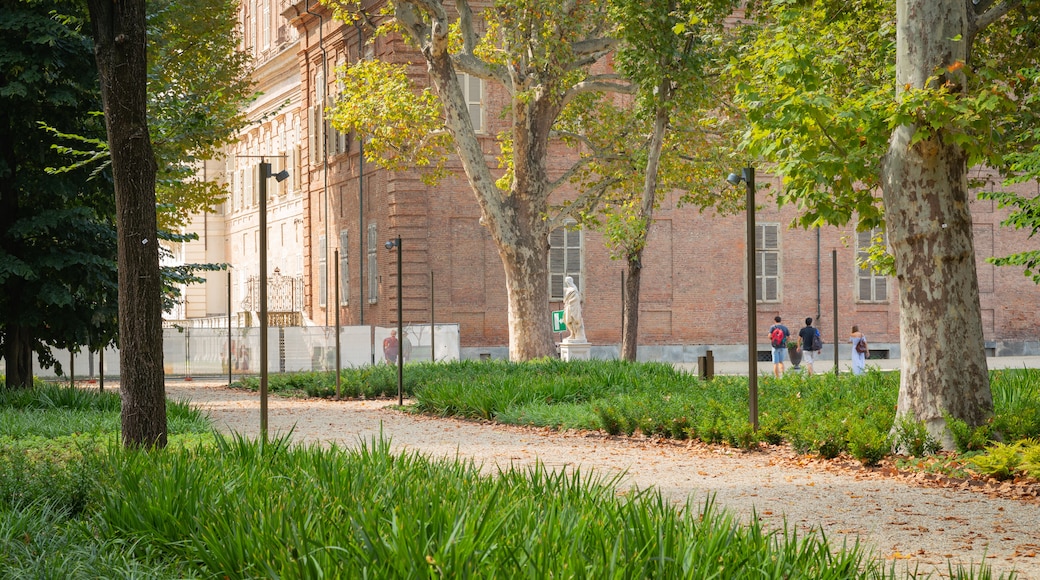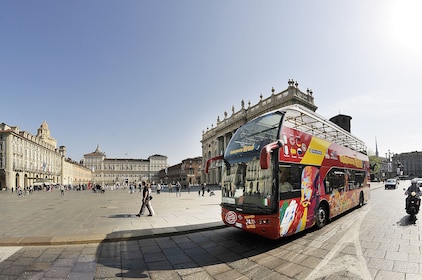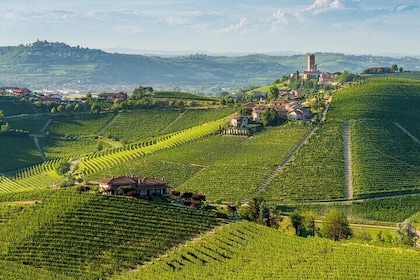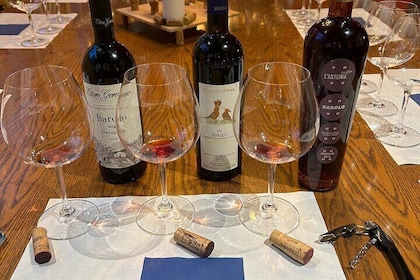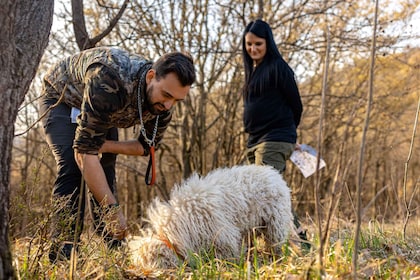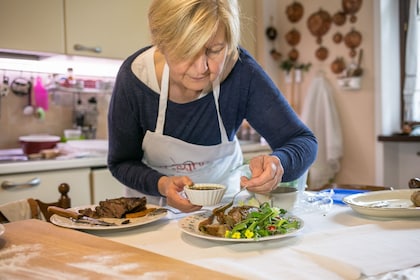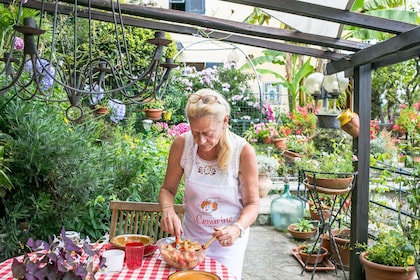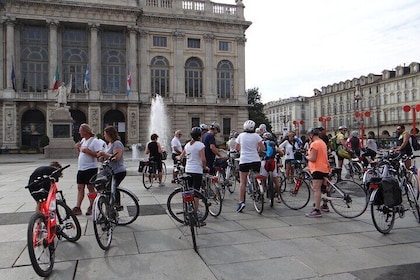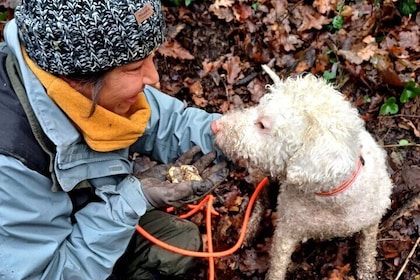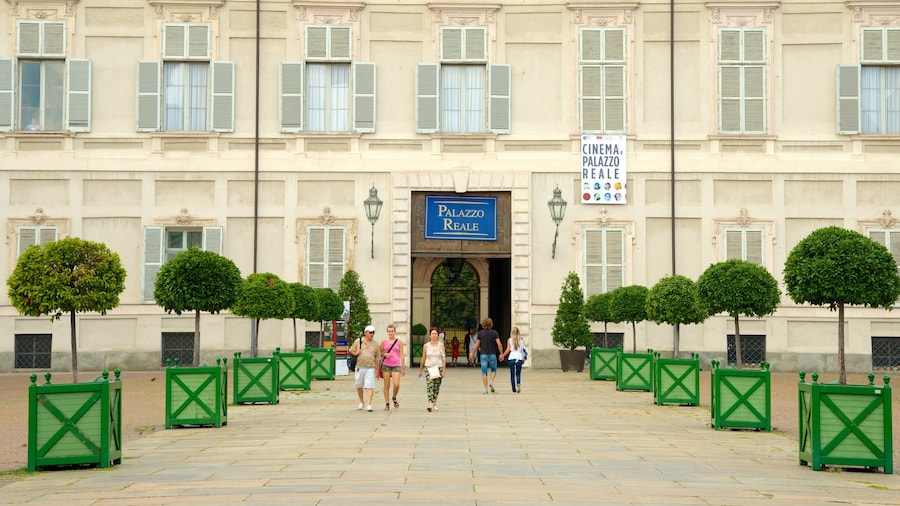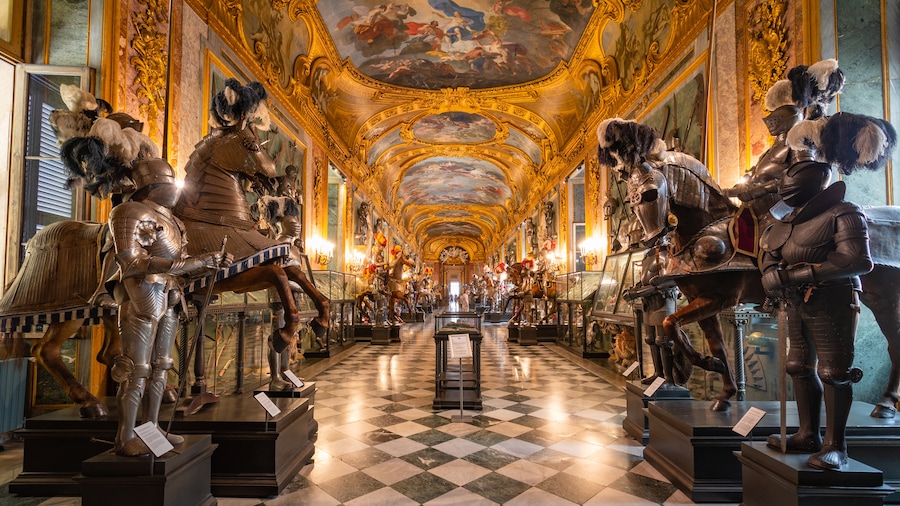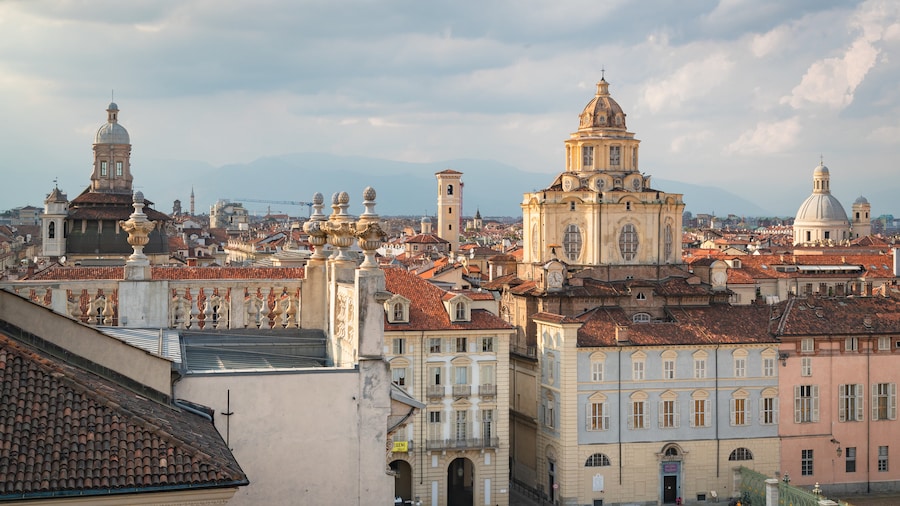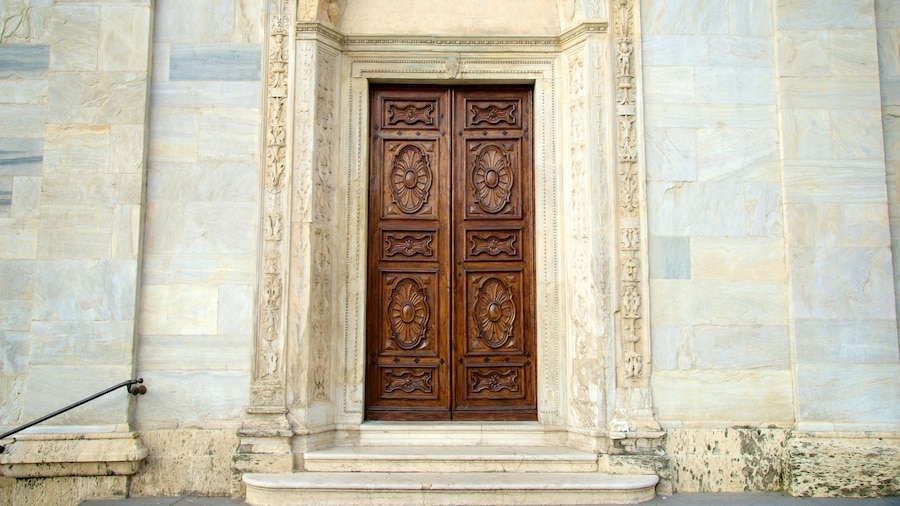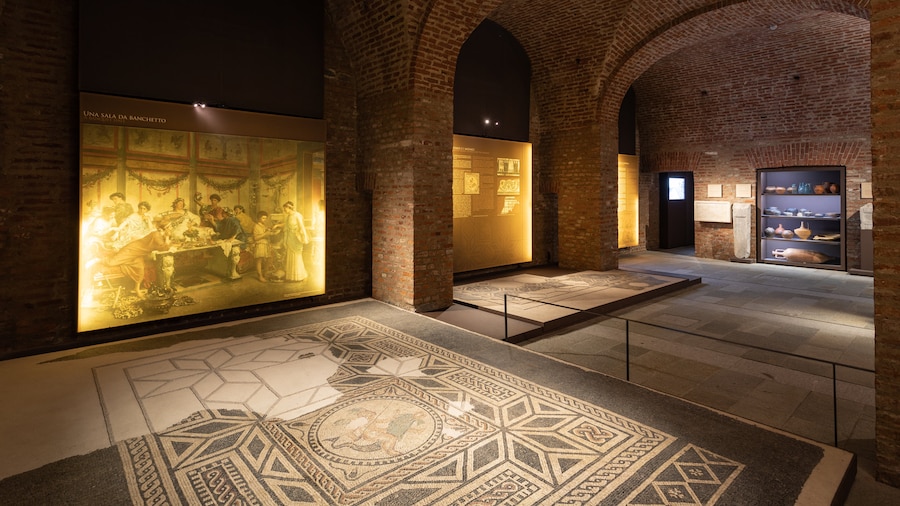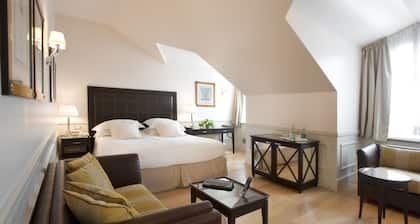A grand representation of European wealth and opulence, theRoyal Gardens are centrally located in Turin and symbolic of the power the royal Houseof Savoy once held in this city. Carlo Emmanuelle II, who also built the BaroqueRoyal Palace behind the gardens, commissioned celebrated garden designer Andréle Nôtre to create his vision.
Go for a walk to see the result of his dedicated work. The gardens have been well maintained and are in a conditiontoday similar to that of the 17th century. The grounds are divided into upperand lower sections. Le Nôtre’s design is a testament to the power of symmetry,creating a more vast overall perspective. If you’re pressed for time, startwith the upper section, which is generally considered more appealing.
The lower section was the site of much degradation and ruinfollowing the Napoleonic period, when the gardens and palace were ransacked andraided. The gardens today have le Nôtre’s traditional French influences anddesigns mixed with modern refurbishments and statues. Lush and green in thesummer months, the gardens come alive when the weather is warm however, theyare still worth a visit in the winter.
Be sure to find Simone Martinez’s Fountain of Tritonssculptural piece in the garden’s man-made lake, which provides a beautifulsetting for a photograph. The fountain depicts a complex design of tritonsrising from the depths of the sea, watched by a sea nymph whose chariot is ledby swans.
The site was a beautiful gift to the citizens of Turin, abuffer between the vastly different worlds of the modern city and thetraditional monarchy represented by the Royal Palace which stands behind thegardens. You can come here any day to join the locals during cultural festivals, picnics andamateur games of soccer.
Turin’s Royal Gardens are located next to Piazza Castelloand are free to enter and wander through every day of the week. Take cautionwhen venturing in the park at night.
